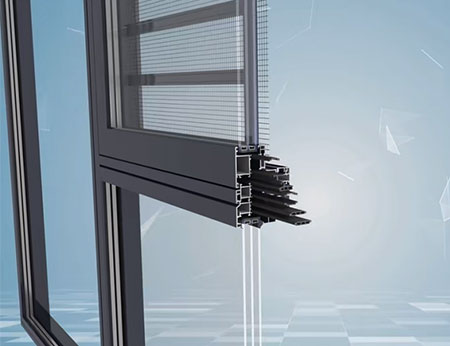In the constantly evolving field of modern architecture and construction, aluminium frame profiles have become the cornerstone material of buildings due to their outstanding versatility, strength, and aesthetic appeal. From fashionable residential windows to industrial curtain wall systems, aluminium frame profiles play a wide range of structural and design functions.
Extruded from aluminium alloys, aluminium frame profiles can be made into standardized or customized designs to meet a range of architectural specifications. These profiles are well known for being lightweight, having a high strength-to-weight ratio, being resistant to corrosion, and being simple to manufacture. Aluminium is the best material for long-term durability in a variety of settings because, unlike steel or wood, it does not rust, warp, or split when exposed to moisture or temperature changes.
These profiles are usually made by the extrusion process, which involves extruding heated aluminium billets through molds into specific cross-sectional shapes. Through this process, a wide range of products can be manufactured, from simple square tubes and round tubes to complex profiles with T-shaped, U-shaped, grooved, or even multiple grooves and channels.
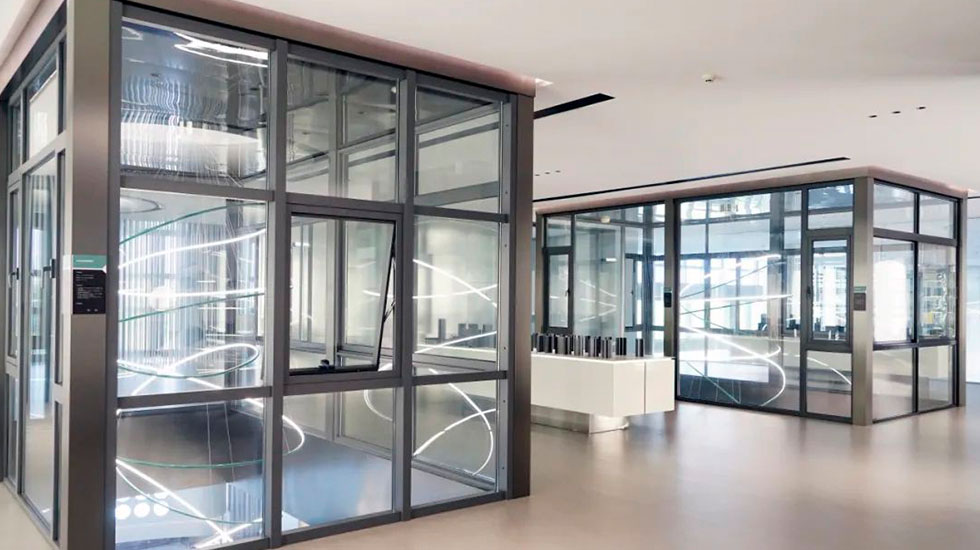
One of the most notable advantages of aluminium frame profiles is their outstanding strength-to-weight ratio. Despite having a density that is only around one-third that of steel, aluminium can meet a variety of load-bearing and structural requirements thanks to alloy treatment and sensible structural design. It is highly preferred in many industrial and construction areas due to its lightweight yet robust nature.
Another key advantage is corrosion resistance. When aluminium is exposed to air, it quickly creates a dense and stable natural aluminium oxide layer, which can effectively prevent the invasion of moisture, oxygen, and other corrosive media, thereby preventing rust and structural aging. Even when exposed to moisture, salt spray, or chemical substances for a long time, aluminium frame profiles can maintain a good surface condition and mechanical properties.
In terms of aesthetics, aluminium profiles themselves possess a metallic luster and a smooth surface, and can be customized through anodizing, powder coating, or painting. This surface treatment and the diversity of colors enable them to easily match various architectural styles and design preferences, ranging from minimalist industrial to fashionable modern.
The application scope of aluminium frame profiles is very wide. In residential buildings, they are usually used for door and window frames, sunroom structures, and balcony railings. They can not only withstand the long-term erosion of wind and rain, but also have the ability to support large areas of glass, enabling the building to remain safe and stable while maximizing the introduction of natural light and creating a bright and spacious living space.
In commercial buildings, aluminium frame profiles are indispensable structural foundations for curtain wall systems, office partitions, exhibition hall display cabinets, etc. Their simple lines and minimalist frame help create a fashionable and professional appearance. Moreover, their lightweight feature also enables the realization of large-span structures, supporting complex facade shapes while reducing the building load.
Aluminium frame profiles have completely transformed the design and construction methods of modern buildings. They are the perfect option for a variety of architectural applications due to their exceptional strength, durability, corrosion resistance, lightweight nature, and aesthetic adaptability.
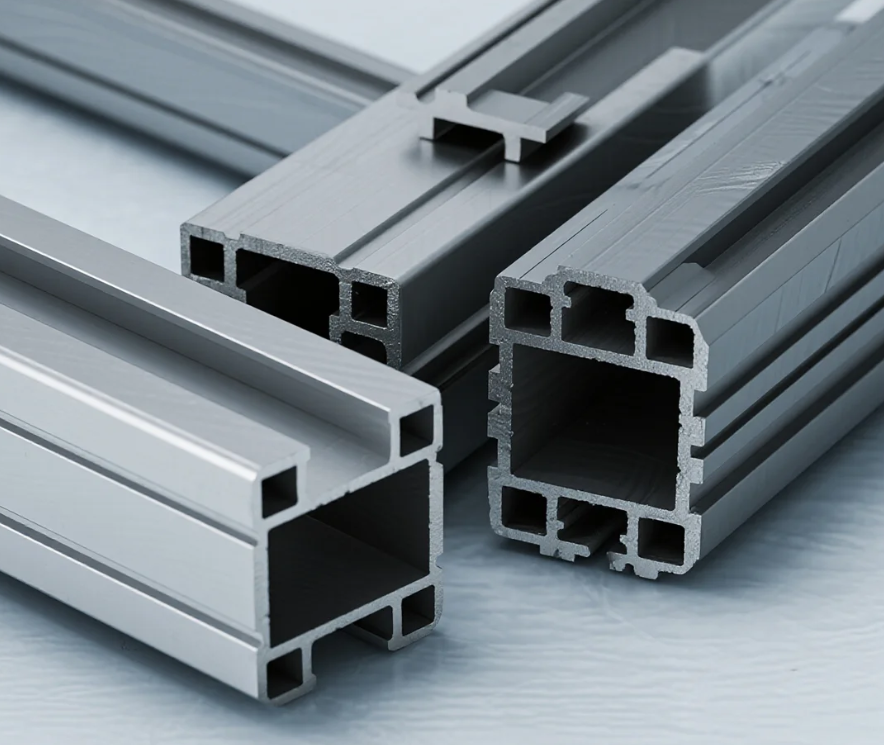
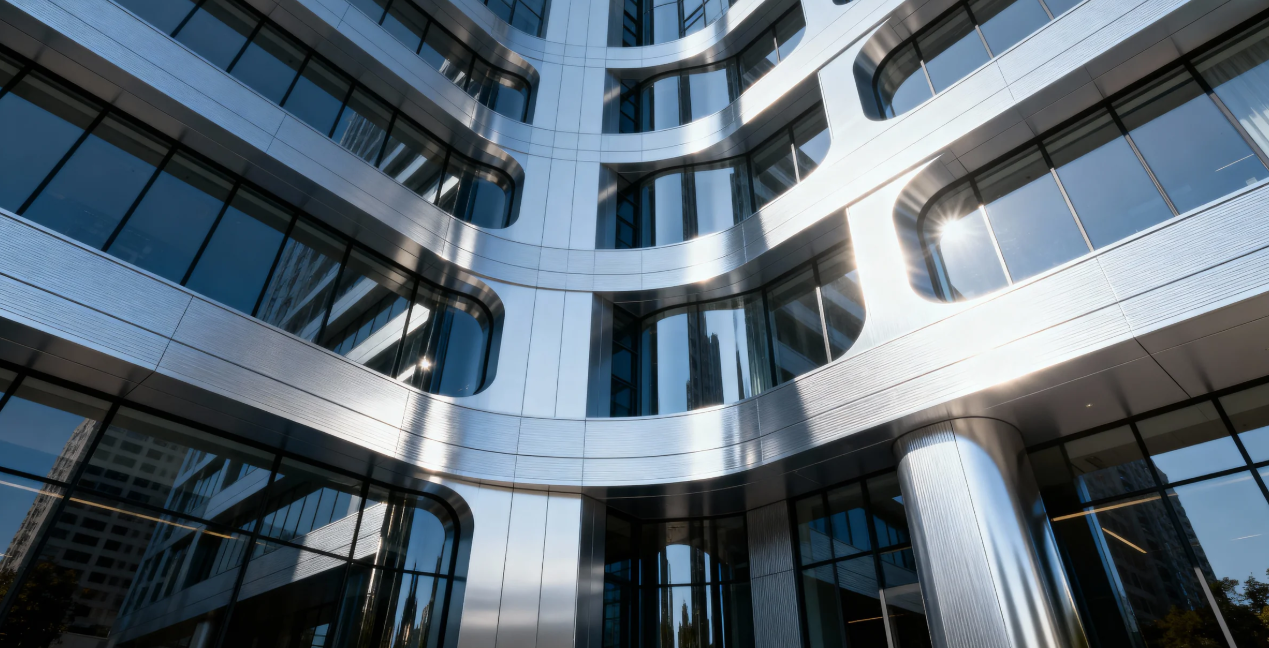
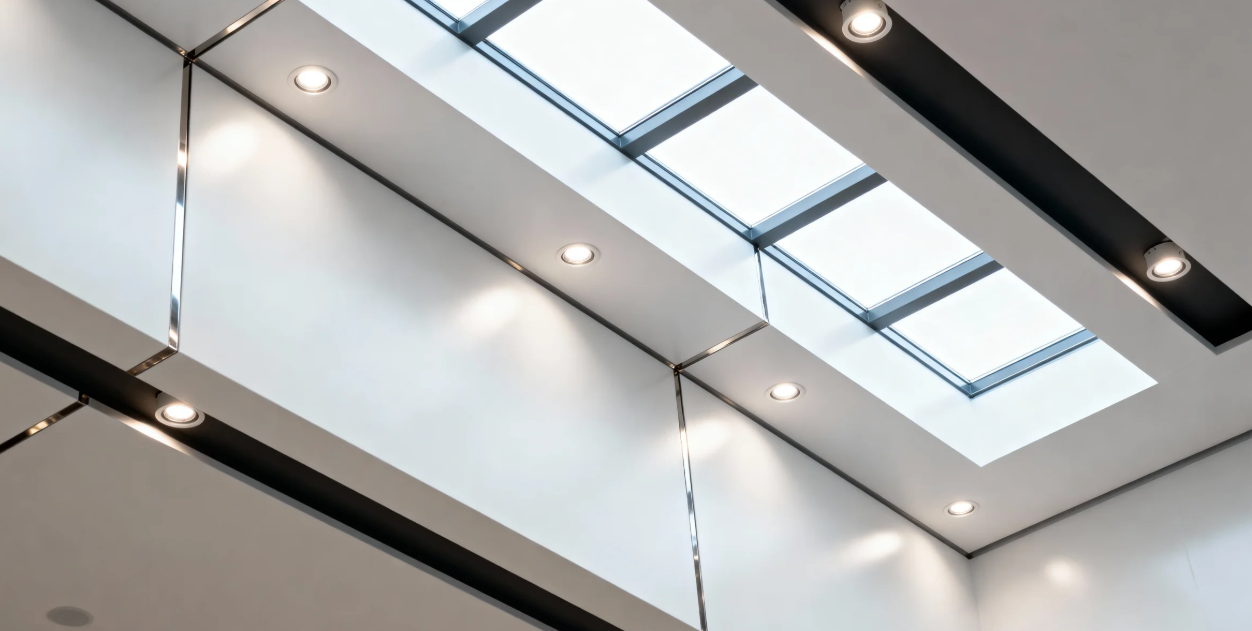
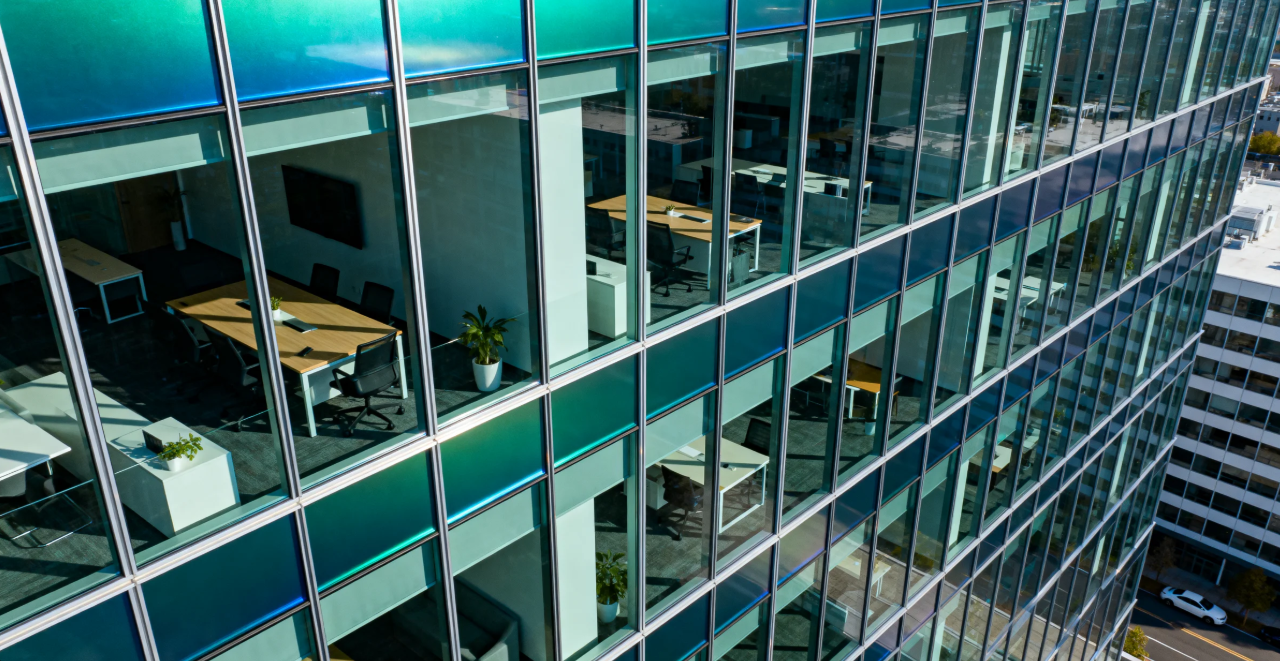
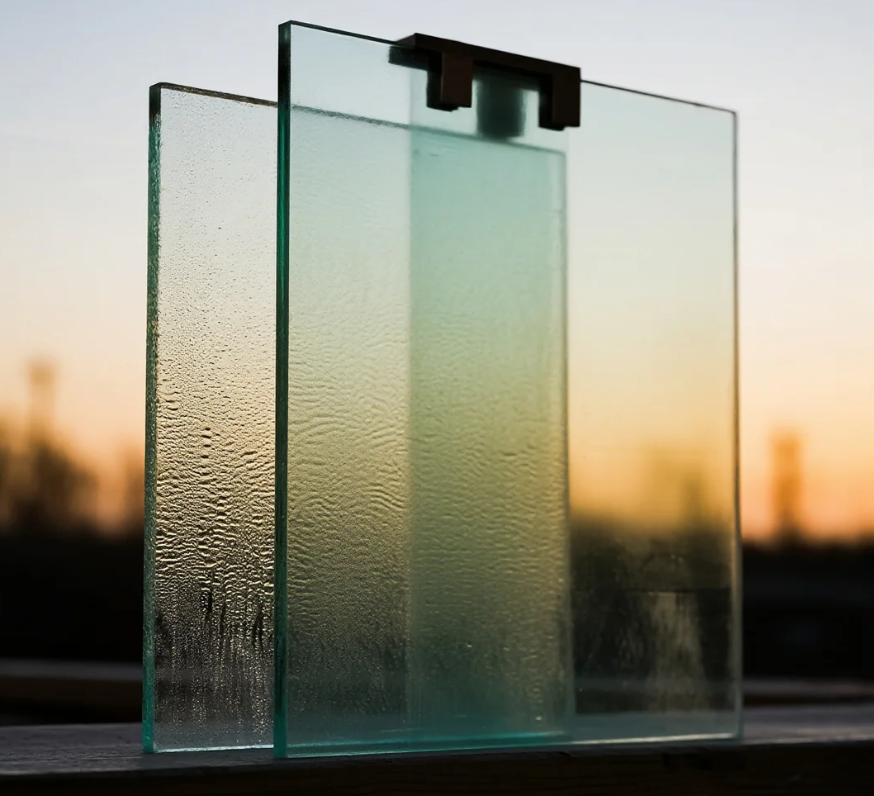
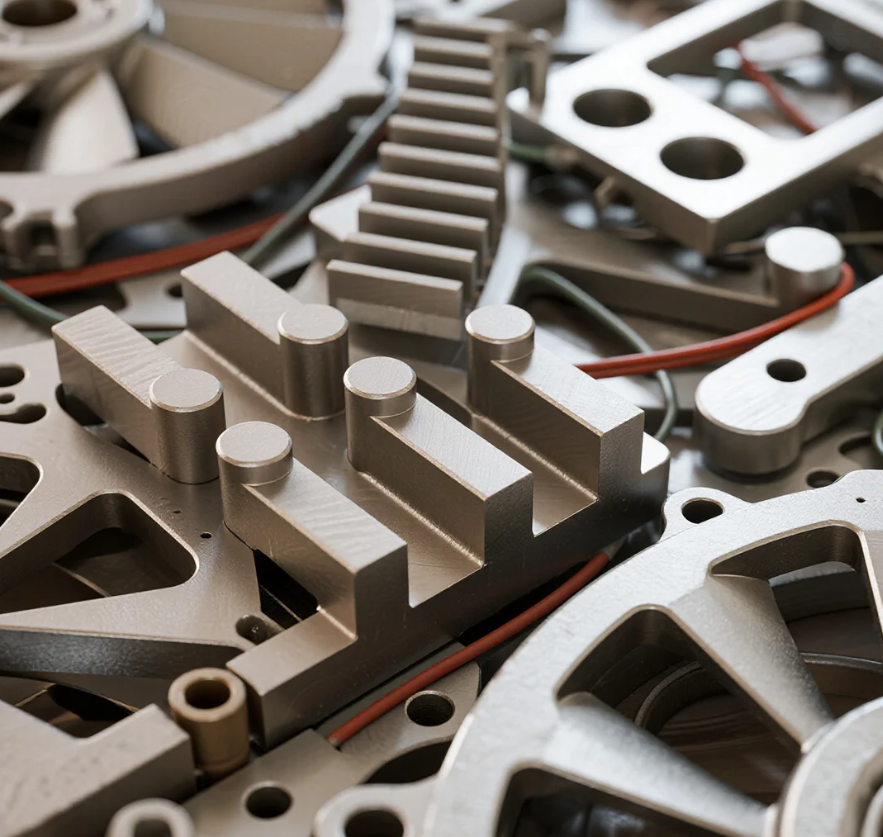
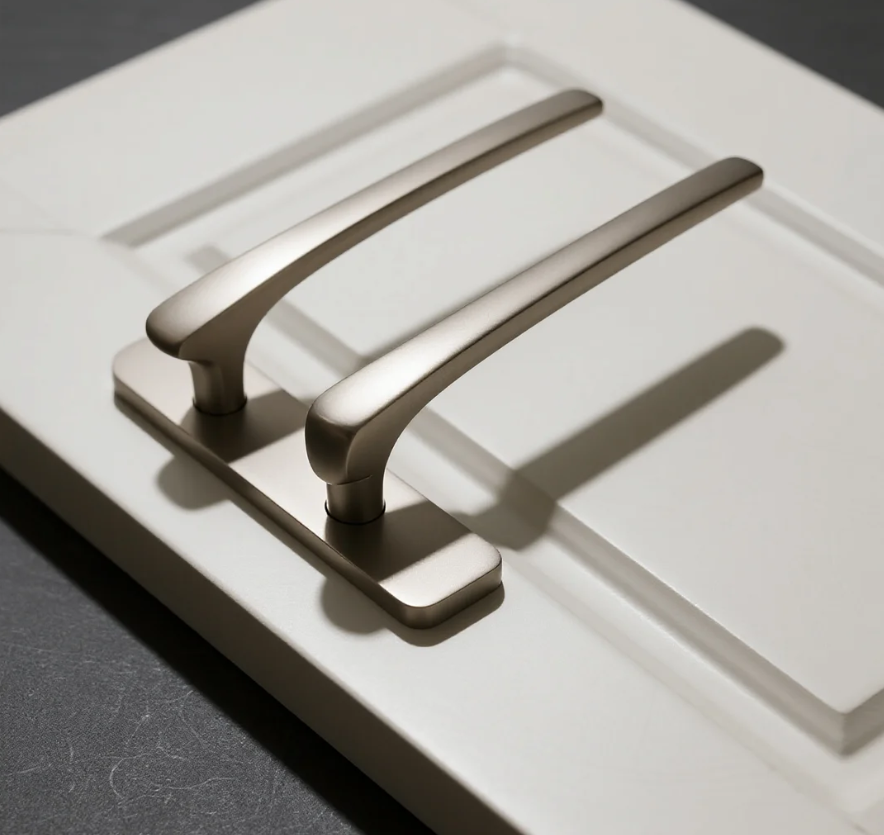
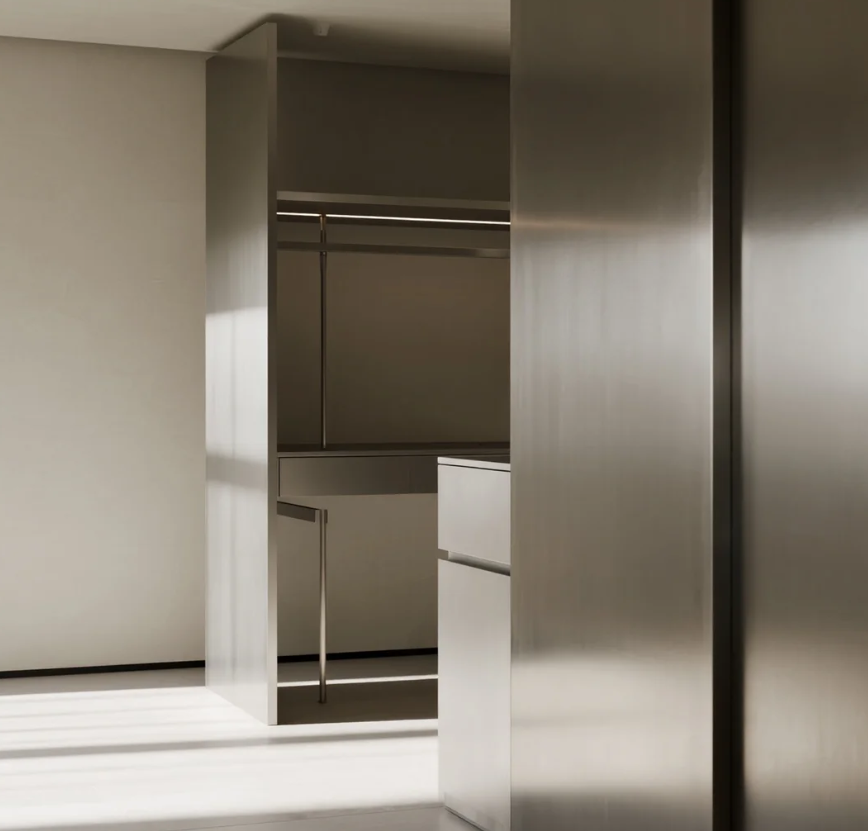
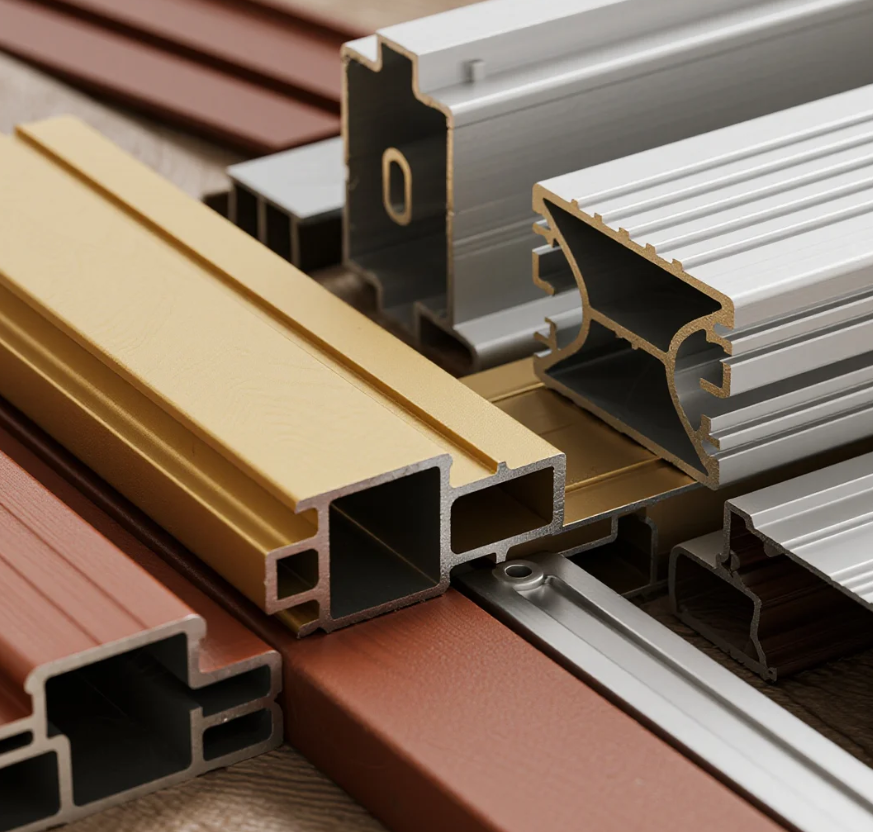
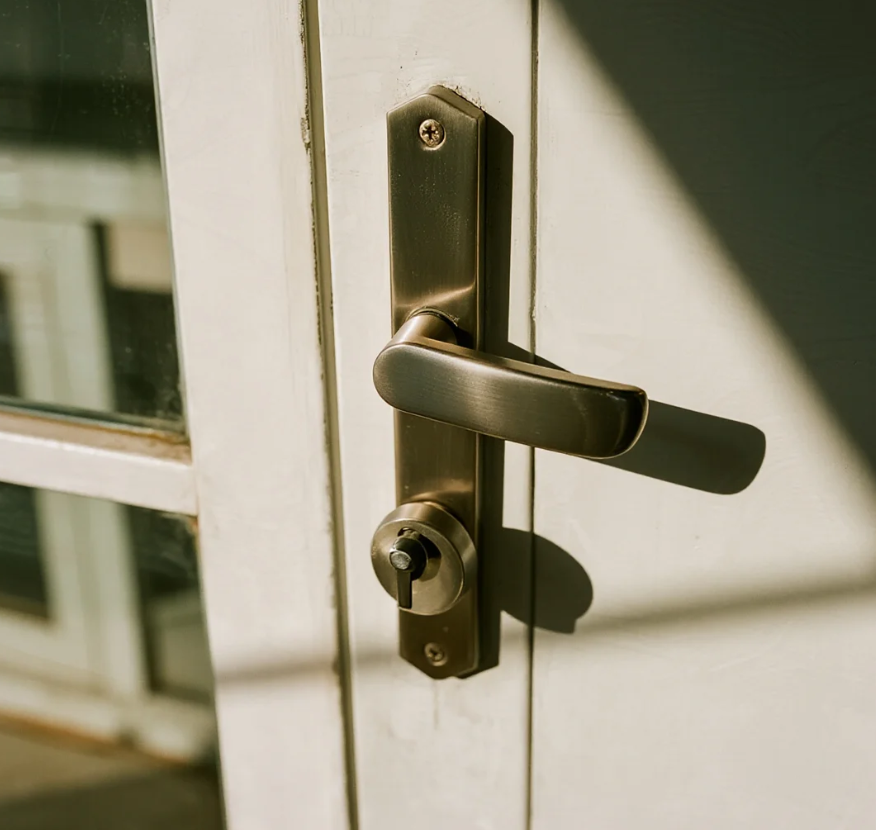
Methods for distinguishing Indoor and Outdoor Aluminium Doors
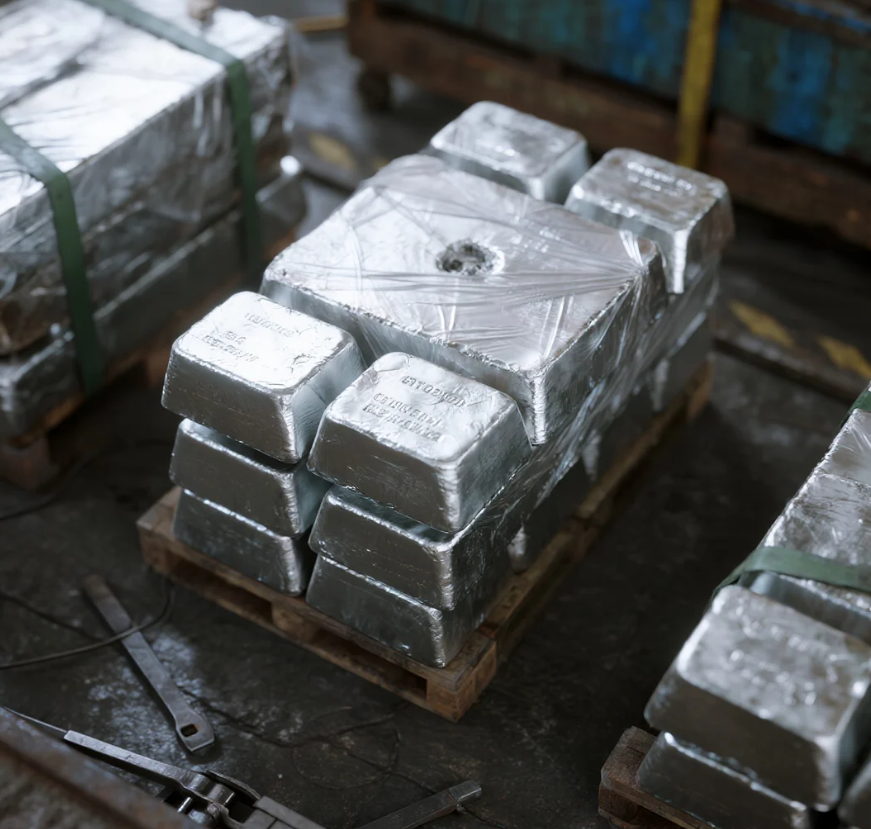
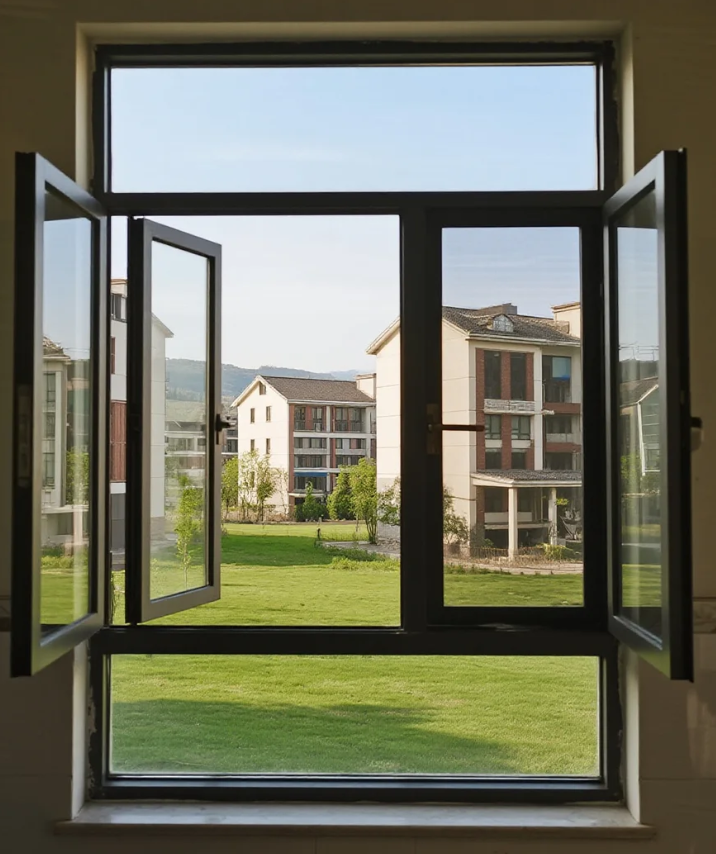
Maintenance methods and tips for aluminium doors and windows
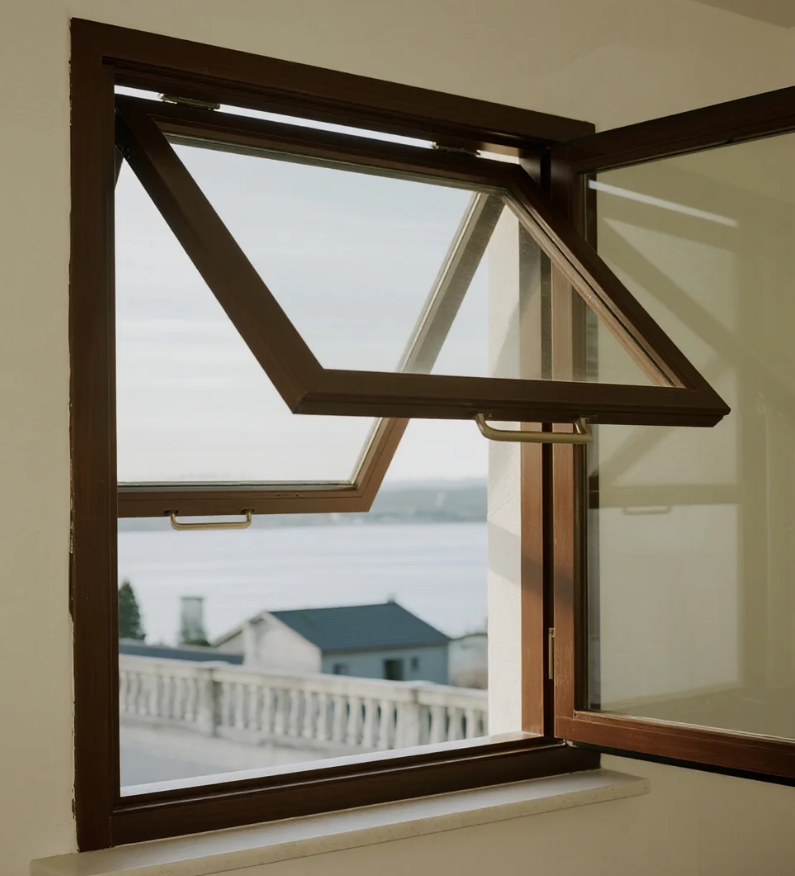
Characteristic of outward-opening and hung aluminium windows
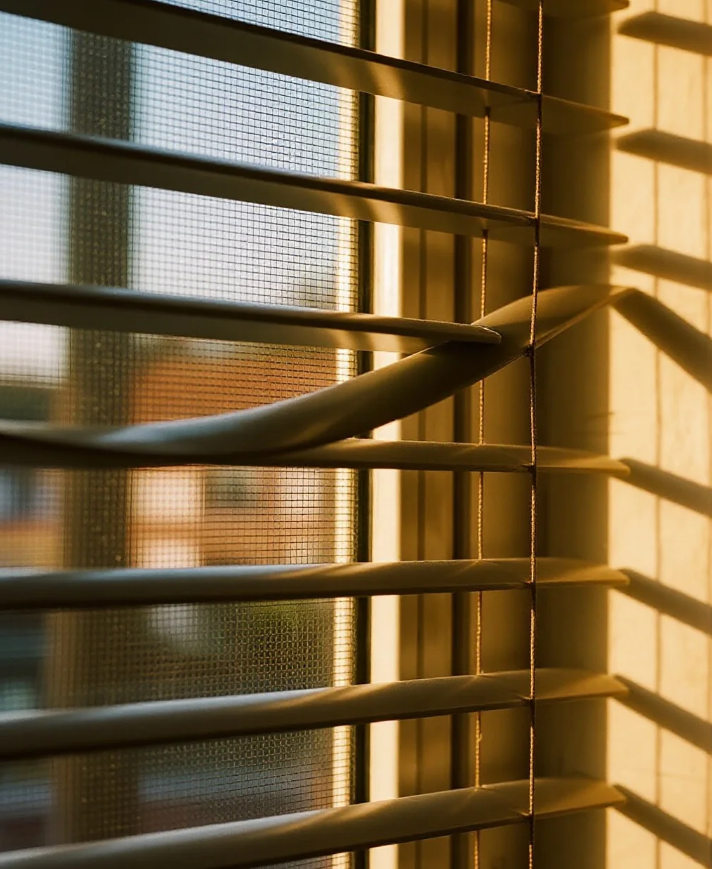
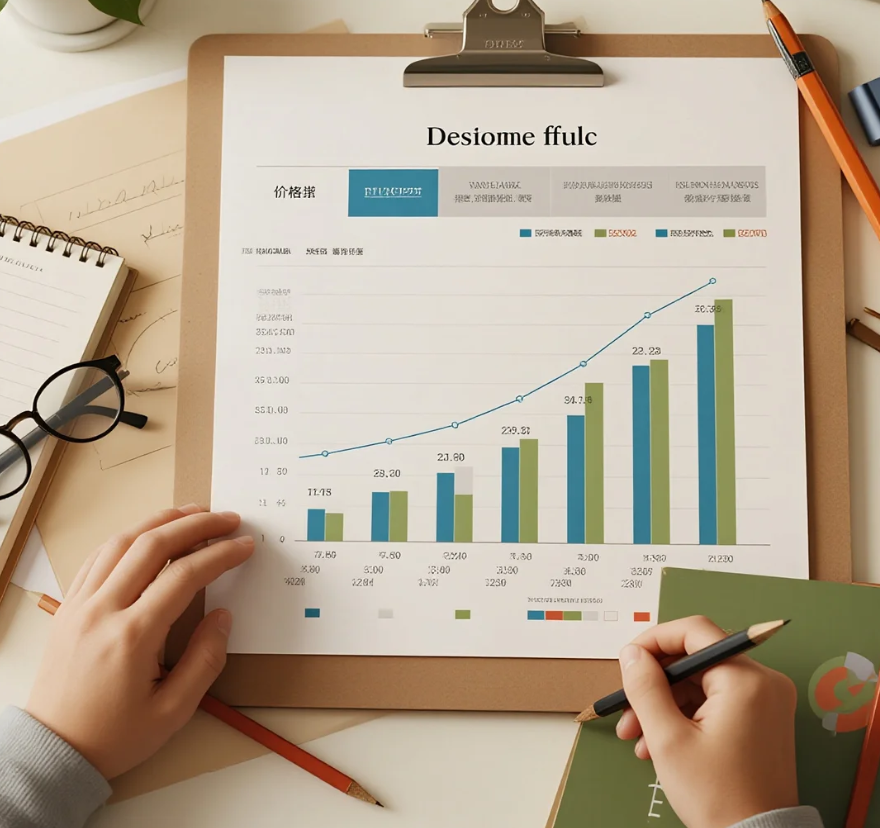
Xinhe Aluminium Research: 7.14-7.18 Analysis of Aluminium Prices
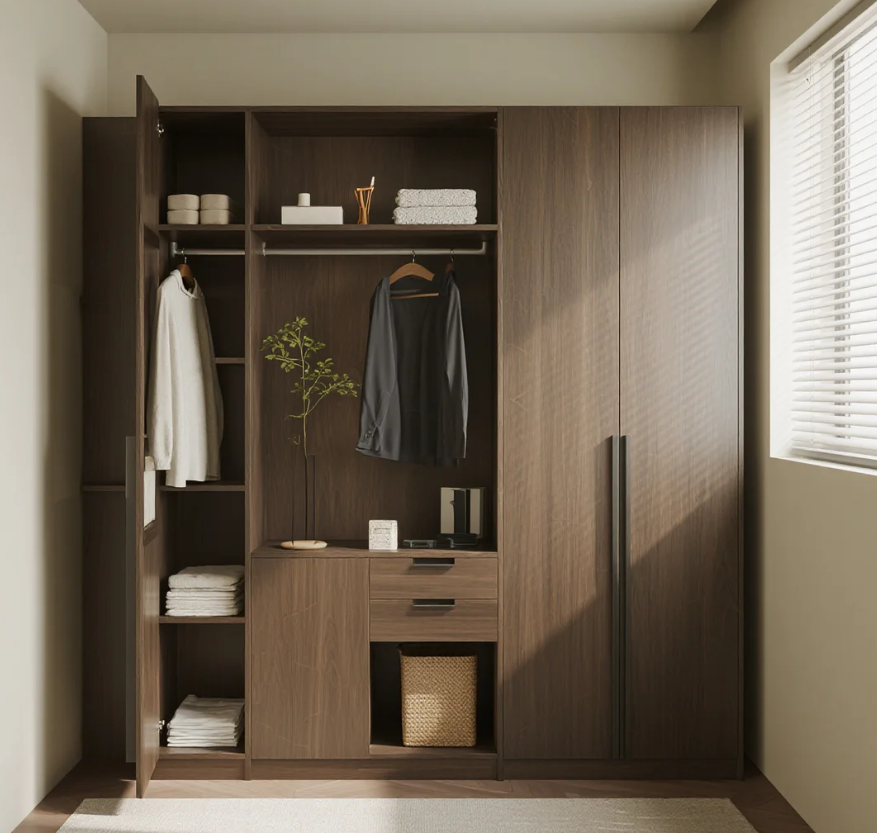
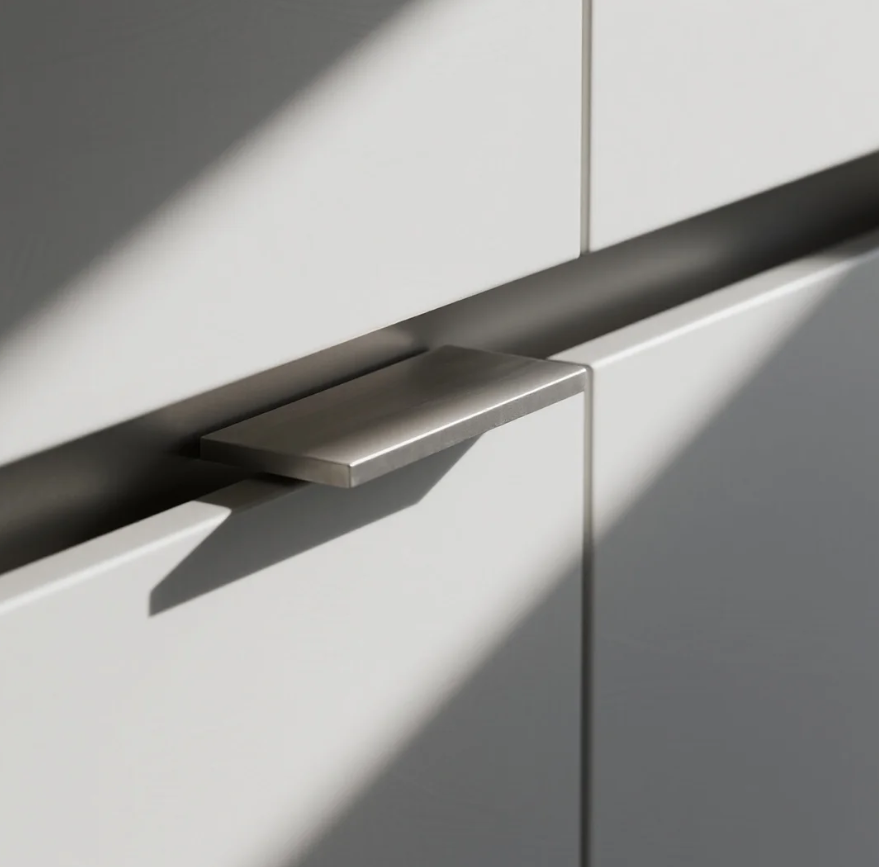
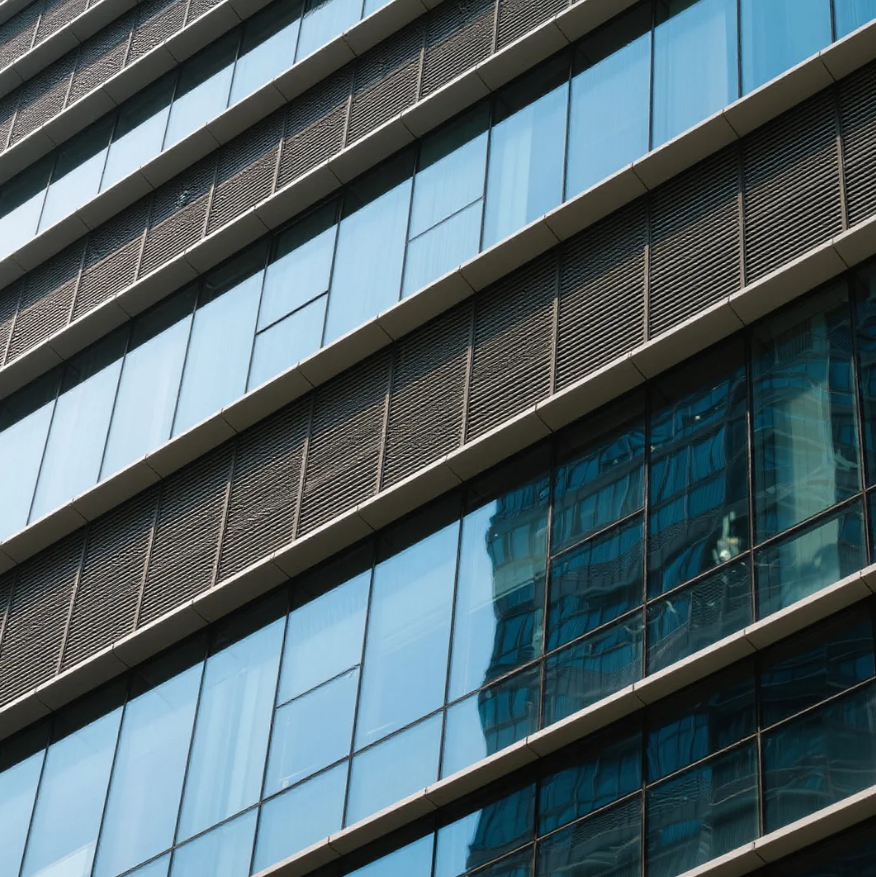
Seven Benefits Of Using Aluminium Profiles In Curtain Wall Systems
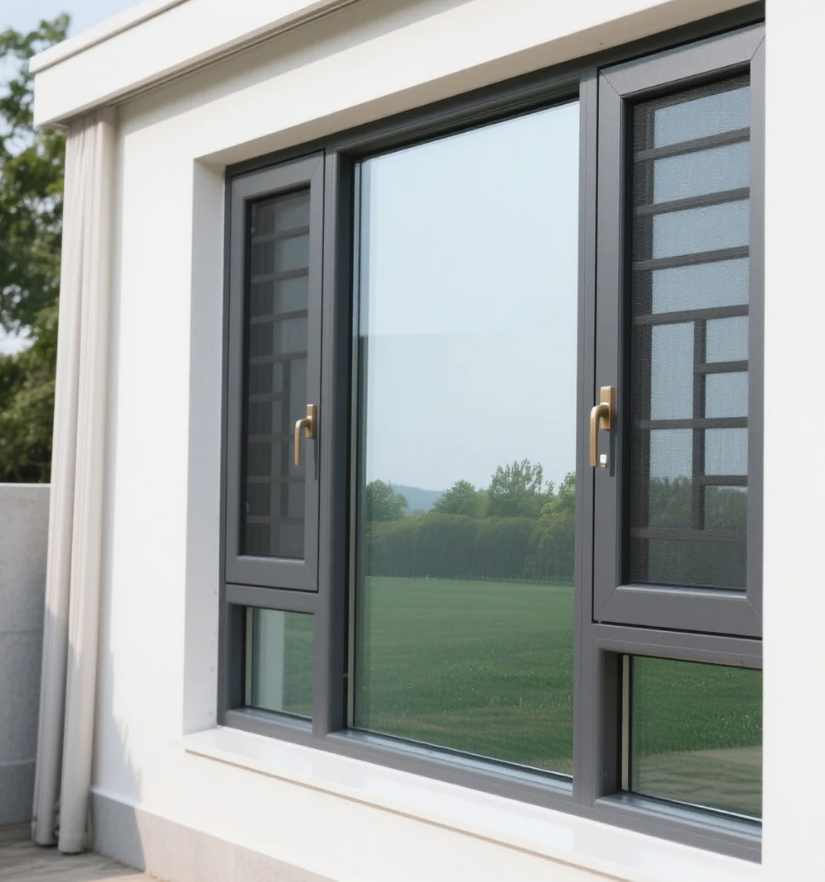
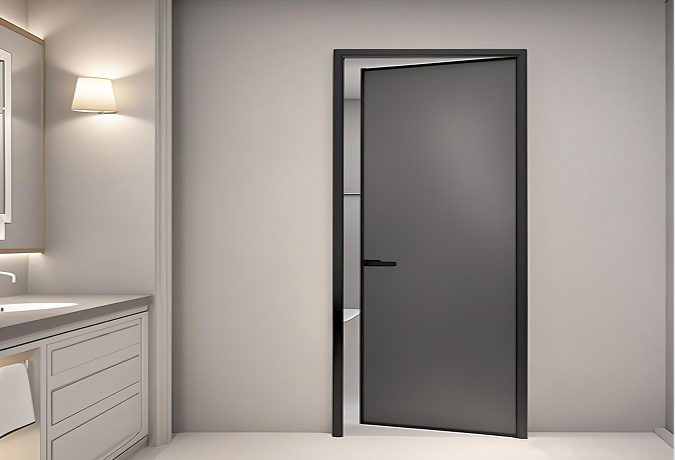
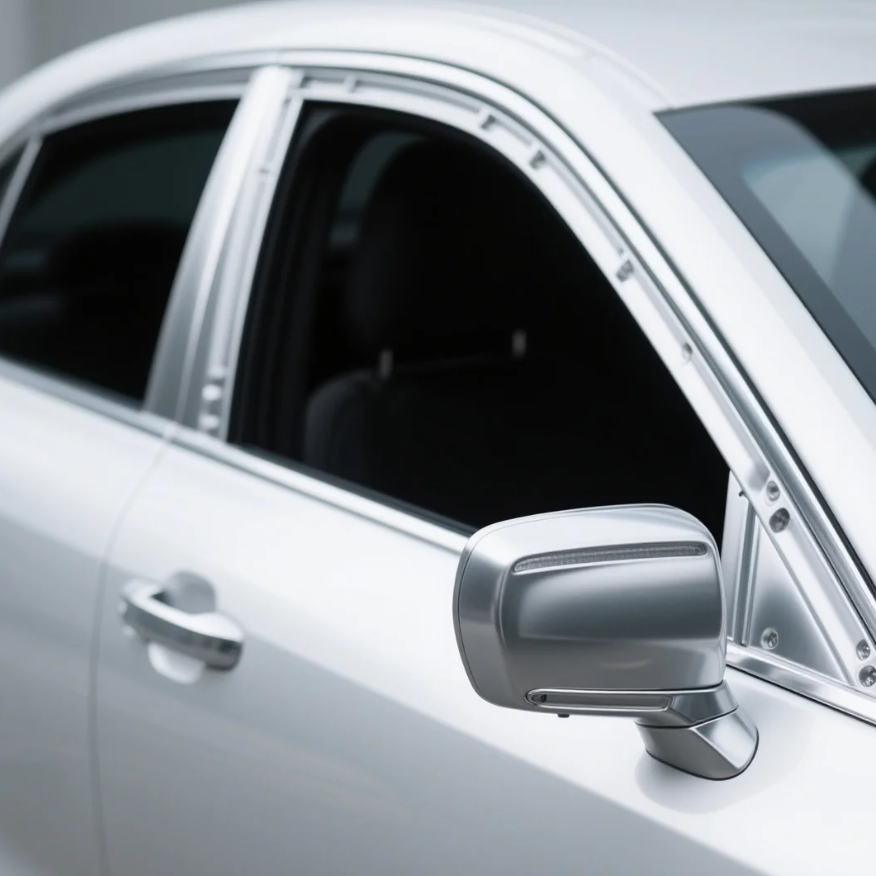
The Application of Aluminium Profiles in New Energy Vehicles
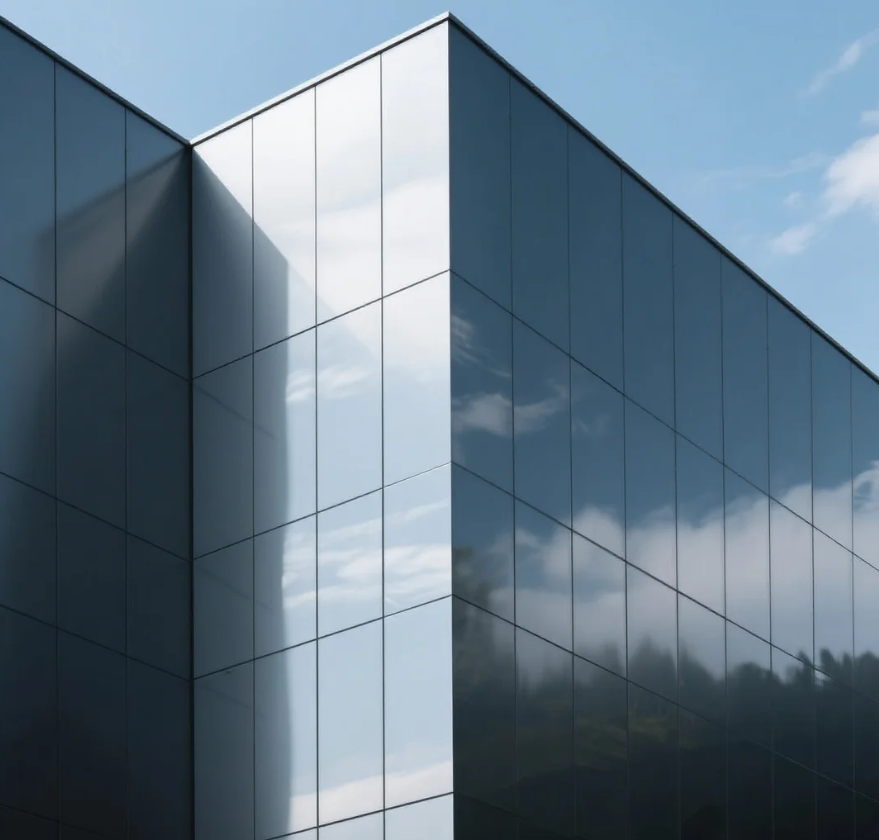
The Composition and Application of Series 6 Aluminium Alloys
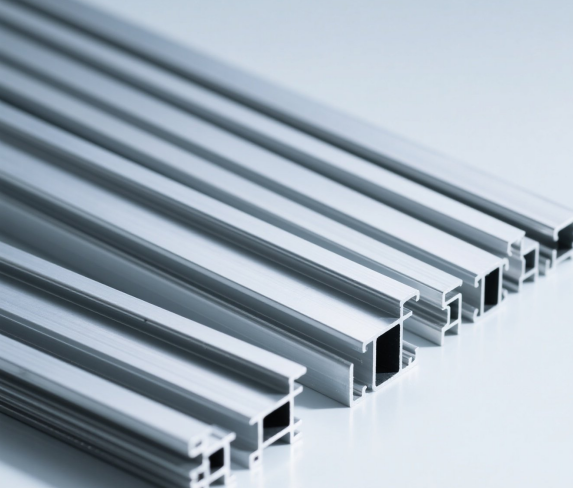
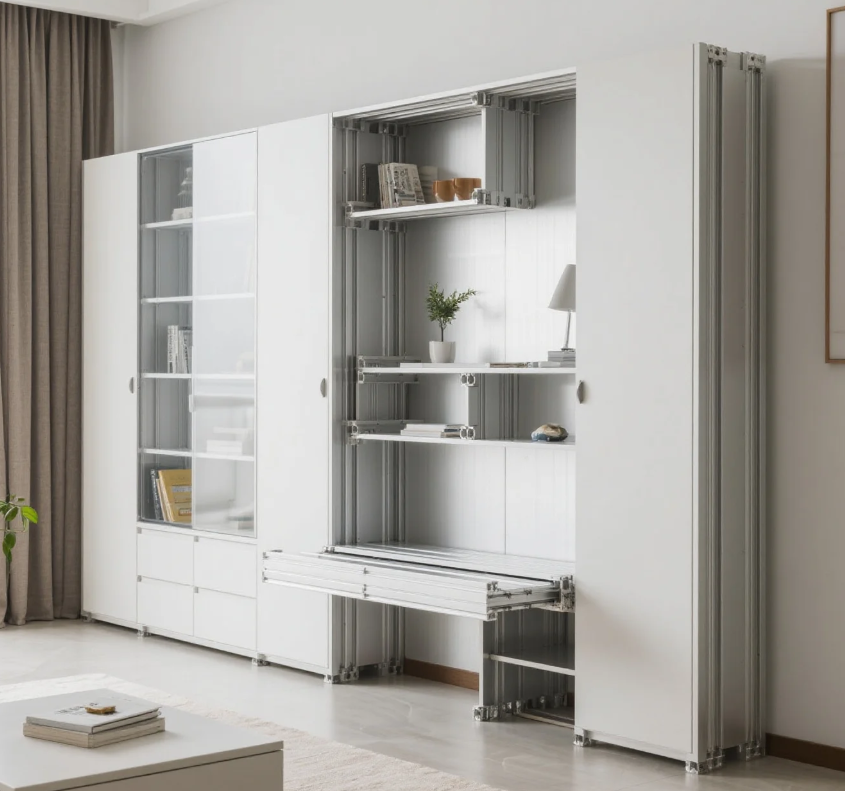
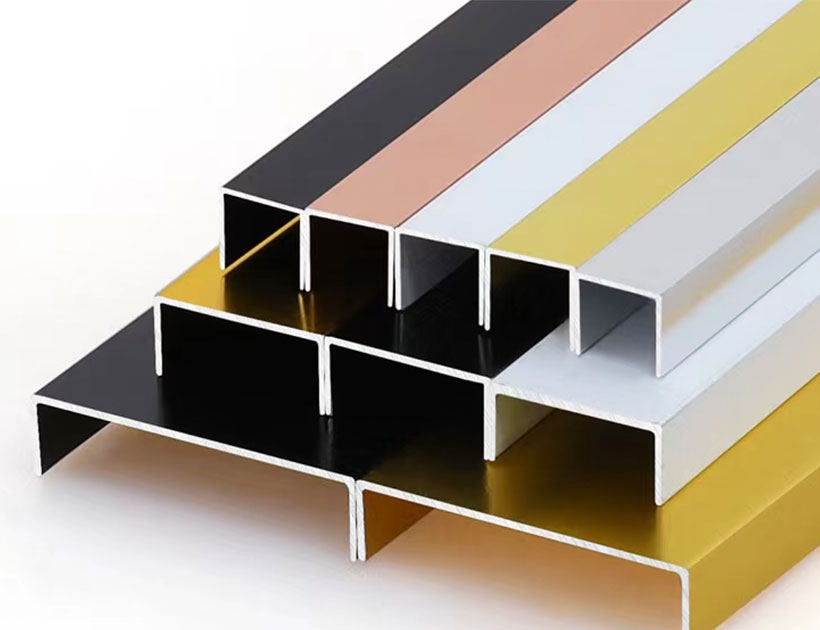
Top 5 Benefits of Using LED Aluminium Profiles in Modern Lighting

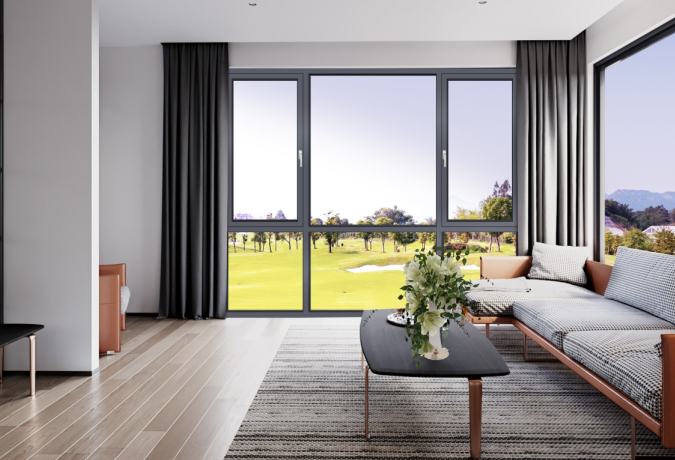
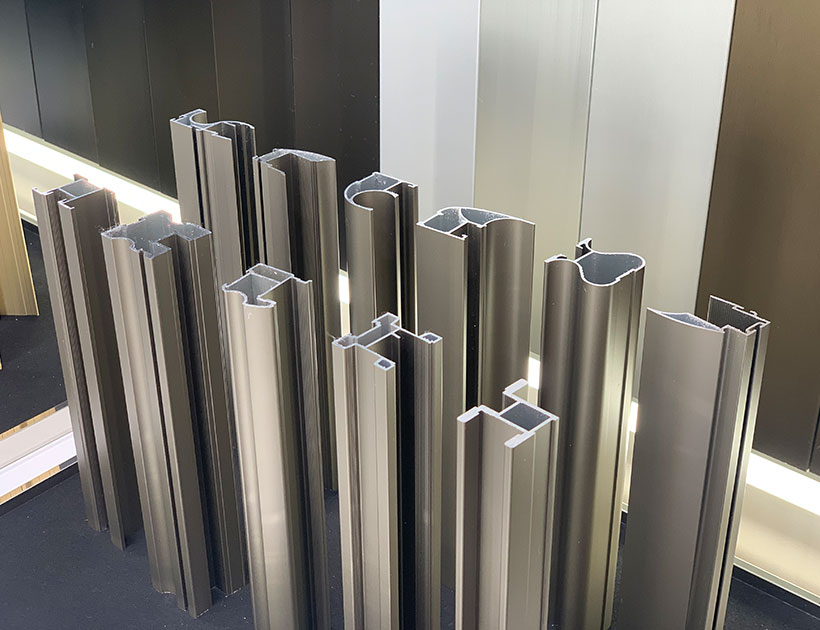
Exploring the Strength and Versatility of Aluminium Extrusion Profiles
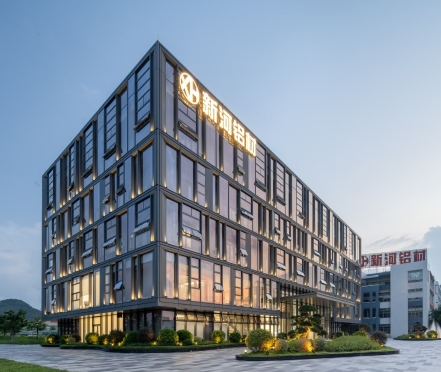
How to Choose the Right Aluminium Profile Supplier for Your Project
